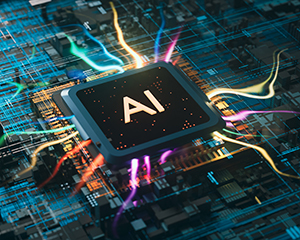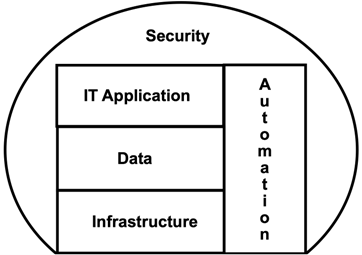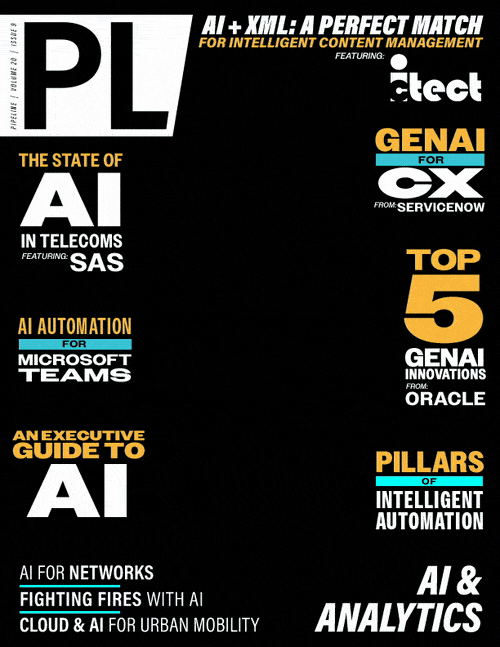An Executive Guide to AI

Last year at this time, any company that mentioned AI in its quarterly report saw its stock go up. Those days are over. Now enterprises are struggling to show financial returns on those early investments. There are still rewards for investment in AI, but analysts are more discriminating. Going forward, enterprises that have announced AI initiatives in previous quarters that don’t report benefits from them in the current quarter are going to see negative repercussions. Companies that report damage from AI investments are going to see even worse.
This means that today’s executives need to know how to navigate AI initiatives. To do this, they don’t need to fully understand how the technology works. They do need to understand: 1) the various types of AI initiatives; 2) inherent risks; and 3) how to put an AI innovation ecosystem in place. With this basic knowledge they can capture the upside and avoid the negative repercussions.
Types of AI Apps
Illustration 1 below shows the major areas for enterprise AI initiatives. The bottom area, Infrastructure, focuses on the basic systems that underlie all the other areas. Examples of systems in this area include, for example, communications, internal hardware, OSs, utilities, D/Bs, and external Cloud providers. Efficient and reliable operation of this infrastructure is a key enterprise activity.

Illustration 1. Areas of Enterprise AI Initiatives
GenAI systems can now also be considered part of the infrastructure. The cost of creating a new GenAI system is approaching $1 billion for leading edge systems. This makes it hard to justify an enterprise creating its own. There are open source and proprietary systems that can be run in-house or accessed through an external service provider. Some systems are better suited to some tasks, so there can be a degree of customization by merely picking the system to use. Also, it is within reach for an enterprise to tune or customize an existing system.
Riding on the infrastructure is one of the most valuable assets of the enterprise: its data. Some of the data will be from internal sources and some from external sources. The data covers both internal operations and external factors that affect the enterprise. The data may itself be a product of a GenAI system, or a GenAI system may consume some or all of it. GenAI can be used to sort, format, normalize, filter, and find patterns in data. Using the data are IT applications. In general, these applications work to turn data into information and knowledge for enterprise decision making. In fact, if the data is not used for decision making, nor required by regulators, some argue that money shouldn’t be wasted on creating and storing it.
Surrounding the boxes in the illustration is a bubble labeled Security. This is intended to show that security interacts with all the others. It protects all the others. It is part of all the others and relies on all the others. For example, security tools can be part of the Infrastructure. They make use of the data, protect applications, and use automation. GenAI, in whichever domain it is present, needs cybersecurity protection.



















